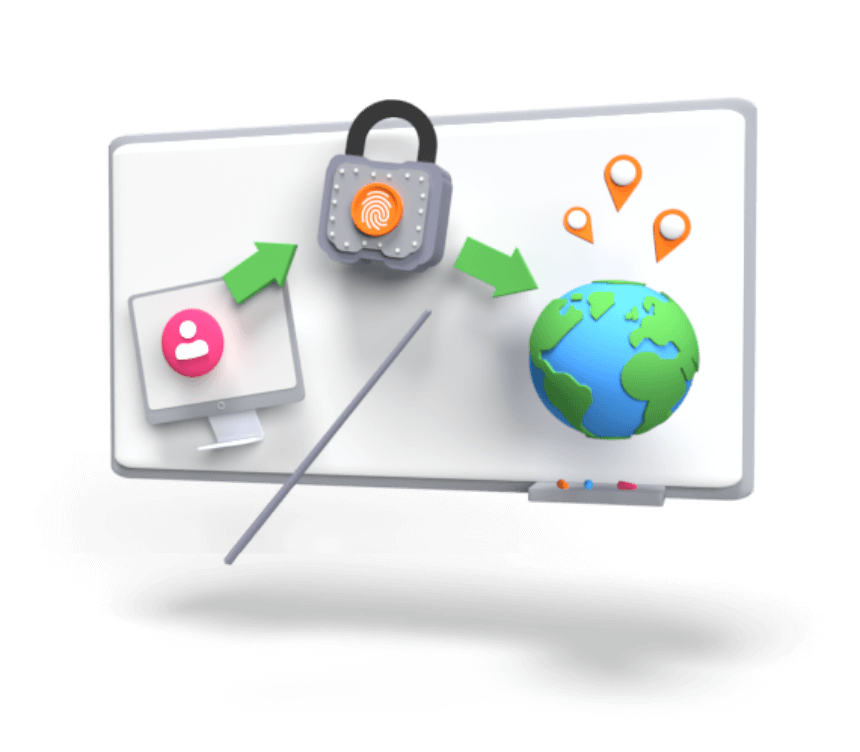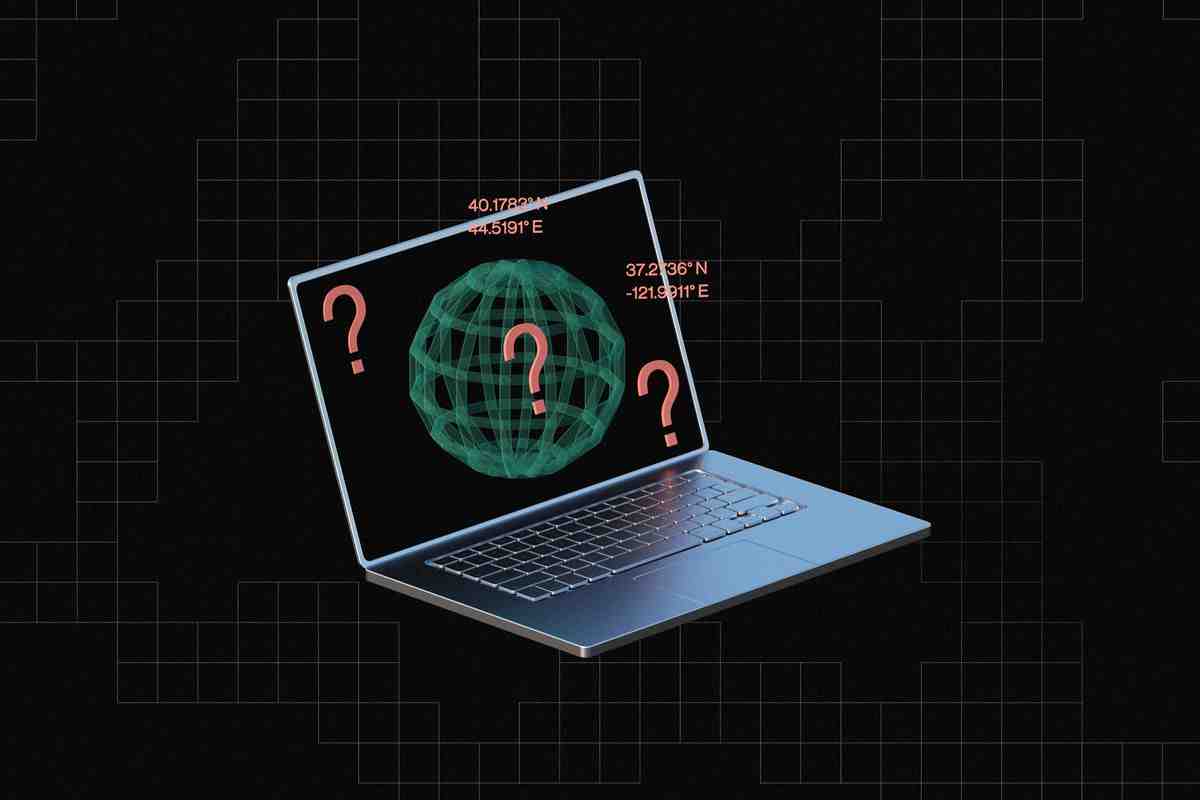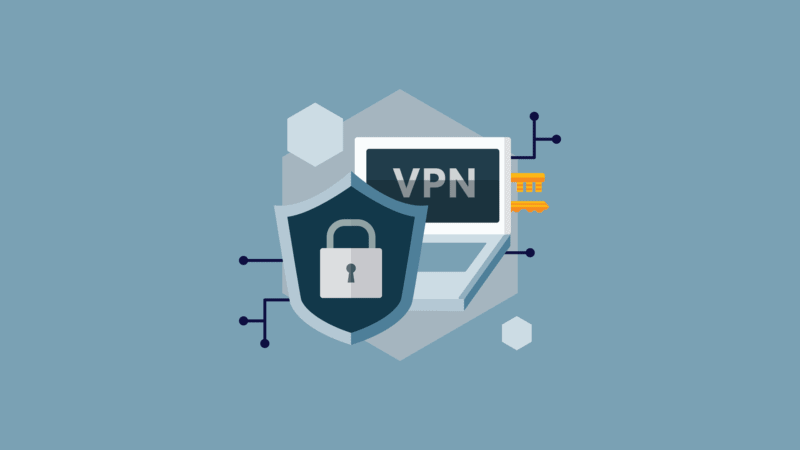What is a trace ID number in banking?

A tracking number is a unique 15-digit number assigned to an ACH record by an Originating Depository Financial Institution (ODFI), the bank that created the ACH order. Trace numbers identify an entry in a particular ACH file. For example, a trace number from a One account looks like this: 125109006xxxxxx.
What is the ACH trace number? While an ACH routing number identifies a bank, an ACH trace number identifies a specific payment within a specific batch file. (ACH processes large volumes of debit and credit transactions in batches.) A tracking number is standardized to 15 digits.
What does trace number mean?
Tracking number means the verification code provided by the data collection center upon receipt of all tax return information from the taxpayer, which uniquely identifies the complete submission of the tax return information.
How do I find a bank trace number?
Locate the ACH transaction tracking number. Each ACH transaction has two trace IDs, including one for the source and one for the destination. You should be able to find these ACH transaction tracking numbers in your online banking or payment account under a heading like “Transaction Details”.
Can police track stolen money?

A GPS tracking system was used to recover a bag full of stolen hundred-dollar bills from a Bank of America branch in Buffalo, New York. The bag full of money was hidden in a garbage can. Thanks to the GPS tracking system, the police were able to quickly recover the money.
Is there a way to track stolen cash? The TracPac System is a complete stolen cash tracking solution consisting of miniature hidden tracking devices called TracPacs, Area Alert Monitors and mobile and handheld tracking receivers, all working together to protect financial assets and catch criminals quickly.
How do the police track money?
Bill marking is a technique used by police to track and identify money that has been used in illegal activities. The serial numbers of the notes are recorded, and sometimes markings are made on the notes themselves (e.g. with a highlighter or other writing).
Can money be traced by serial number?
Once an invoice’s serial number has been obtained, the serial number can be useful in tracking the distribution of the invoice. It can also be used to help a government official track the whereabouts of criminals and track bills being laundered.
How do banks trace stolen cash?
Banks secure money by putting a GPS tracking device in a bundle, e.g. B. A pack of $20 bills. The robbers are usually caught when the police track the suspect’s location. Sometimes the thief discovers the device and gets rid of it before the police can track him or her.
Can banks find out who used your card?

tips. Credit card companies can, in most cases, track where your stolen credit card was last used once the card was used by the person who took it. The credit card authorization process helps the bank track this. However, by the time the police arrive, the person may be long gone.
Can debit card purchases be tracked? To make it difficult for someone to trace your debit card number back to your debit card account, the EMV chip embedded in the card creates a new number with every purchase. Since transaction numbers cannot be traced back to your card, it is impossible to trace debit card chips.
Can the bank find out who used my debit card?
Rest assured that anyone who can process a debit card charge must have a merchant account linked to the account holder’s personally identifiable information. Banks make it pretty easy to find out who exactly charged your debit card.
How do banks investigate unauthorized transactions?
The bank initiates a payment fraud investigation and collects information about the transaction from the cardholder. They check relevant details, e.g. B. whether the charge was a card present or card absent transaction. The bank also checks whether the charge fits in with the cardholder’s usual shopping habits.
Do credit card thieves get caught?
How often are credit card fraudsters caught? Unfortunately, the answer is not very often. Less than 1% of all credit card fraud cases are actually solved by law enforcement. This means that if you are a victim of credit card fraud, your chances of getting your money back are pretty slim.
How do banks investigate unauthorized transactions?

The bank initiates a payment fraud investigation and collects information about the transaction from the cardholder. They check relevant details, e.g. B. whether the charge was a card present or card absent transaction. The bank also checks whether the charge fits in with the cardholder’s usual shopping habits.
How Long Do Banks Investigate Unauthorized Transactions? Once the bank receives the cardholder’s request, Federal Trade Commission rules give the bank 30 days to respond and honor the customer’s claim. In an effort to provide better service to customers, banks will generally act quickly in the event of a dispute.
What happens when you report an unauthorized transaction?
Once you dispute an unauthorized transaction, the bank has 10 days to investigate. If a merchant was involved in the transaction, you should also contact the merchant and dispute the purchase. The retailer can refund your purchase if the bank doesn’t.
Can banks refund Unauthorised transactions?
According to the Reserve Bank of India (RBI), customers can get a full refund even after an unauthorized transaction.
